

日本貿易会月報オンライン
MENU
ブラジル:何でもそろう、文化のパッチワーク
2021年10月号(No.801)
Brazil has 22.5 times the size of Japan
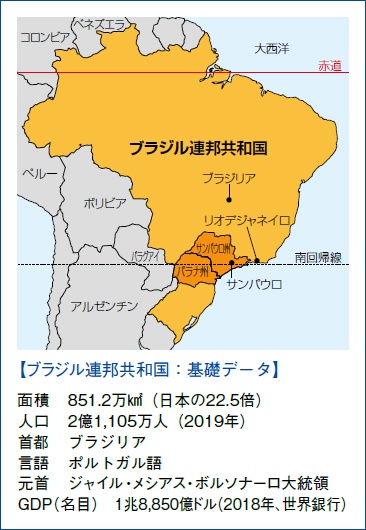
Brazil is the largest country in South America, with a total area of 8.5 million square kilometers, which is equivalent to 22.5 times the size of Japan. It is also the longest country of the world when measured from north to south (4.4 thousand kilometers), having both the Earth’s Equator and the Tropic of Capricorn cutting it, resulting in a vast variety of climate, biodiversity, topography, and cultures. Nonetheless, from east to west, the country comprises four different time zones. Even with its size, our population is only 67% bigger than Japan, with around 211 million inhabitants (2019 data). Our federal capital is Brasília, located in the middle of the country, although the largest and most populated city is São Paulo, in the Southeast region.
Our country was historically inhabited by various indigenous tribes and then colonized by Portugal back in 1500, from who we got independent in 1822. Although it is a continental country, we all speak one same language: Portuguese, the largest trait inherited from our settlers.
Brazil hosts the largest Japanese population outside Japan
Throughout our history, the main immigrants were not only Portuguese, but also Italian, Spanish, German, Poles, Lebanese (there are more Lebanese in Brazil than in Lebanon), Syrians, Ukrainians, Jews, and… guess what? Japanese!
Today Brazil hosts the largest Japanese population outside Japan. The immigration from Japan was induced by common interests of both countries back in 1908: Brazil needed labor force to work for coffee farms in São Paulo and Paraná State areas, while Japan needed to relieve social tension in the country caused by the high population. As a result, until today we have an estimated population of 1.5 million “Nikkei” living in Brazil.
Brazil is probably the only western country where when someone sees an Asian, they will guess if the person is Japanese first, not Chinese.
A “patchwork” of cultures
With such geographic dimension and historical background, it is said that Brazil is one of the most multicultural and ethnically diverse countries in the world. This “patchwork” is what defines our Brazilian culture.
For example, we have European influence in our food, music and literature; indigenous influence on eating habits and some ‘tupi-guarani’ language words; and African influence on religious activities and food.
Japan’s Omotenashi, Precision, Cleanliness and Safety
Working for Toyota Tsusho since 2015, I had the opportunity to spend a year and a half in Japan as an expatriate, which taught me a lot and made me curious and openminded to learn about different cultures.
When I was living there, the most impressive things for me in Japan were: the hospitality (omotenashi), the precision, the cleanliness and the safety. It feels that Japan is constantly driving for excellence and perfection.
Omotenashi appears as the best customer service, where your needs (or even what you don’t know you need) are anticipated. Delays are not acceptable, but trains and subways schedules are so precise that you can plan with predictability. Streets are clean, although you never see a trash dump outside. And safety: the feeling that you will not be robbed walking in the streets at anytime of the day is so comforting.
Most impressive things in Brazil for expatriates
To also learn about the perspective of Japanese people in Brazil, I asked some of the colleagues coming from Japan, whether for visiting or to live as expatriates, which were the things they were most impressed with during their stay in the country and here are the top answers which I am pleased to share with you:
#1:FOOD
My Japanese colleagues were unanimous in saying that Brazilian food is what they miss the most about Brazil.
“Feijoada” is the most popular Brazilian dish, which is basically a rich stew made of black beans (“feijão”), pork and beef parts, usually served with white rice, “farofa” (cassava flour), braised cabbage, pork chop, fried banana and a slice of orange. In São Paulo, it is a traditional dish for Wednesdays and Saturdays (after which you can enjoy a good nap). Does a salty dish with black beans sound strange to you? It’s the same strange feeling Brazilians have when they try “azuki” for the first time. Just try it - I guarantee you will not regret!
Another popular dish is “churrasco”, where raw meat is roasted over fire or embers, using stakes or grills. It can be served at a steakhouse (called “churrascarias”), where the servers cut the meat over the customer’s plate directly, or homemade (many Brazilians have their own grill “churrasqueira” at home) with a table filled with family and friends.
Other ‘top of the mind’ dishes mentioned were “moqueca” (fish stew with onion and peppers, served with white rice), “pastel” (a Brazilian-style large fried gyoza, served as street food), “coxinha” (deep friend dough snack, filled with shredded chicken meat), “picanha na chapa” (sirloin cap, grilled on plate, served on bars) and “caipirinha” (drink made of fermented sugarcane alcohol, sugar and crushed fruits - perfect combination with “churrasco” or “feijoada”).
Digging a bit deeper on their food experiences, I realized that the good memories are not only related to the food itself, but also to the eating moments, which brings us to next item.
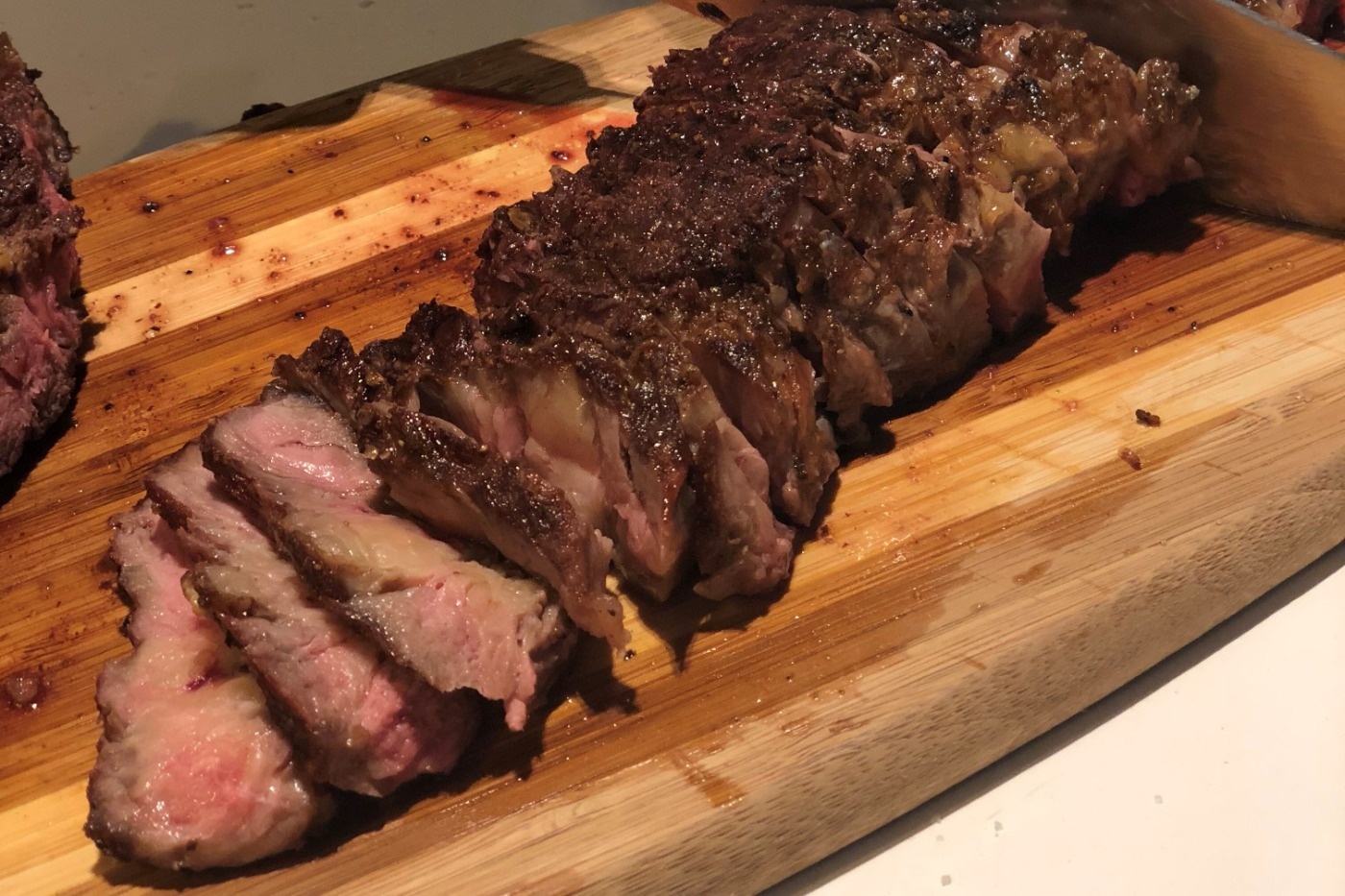
Homemade Churrasco
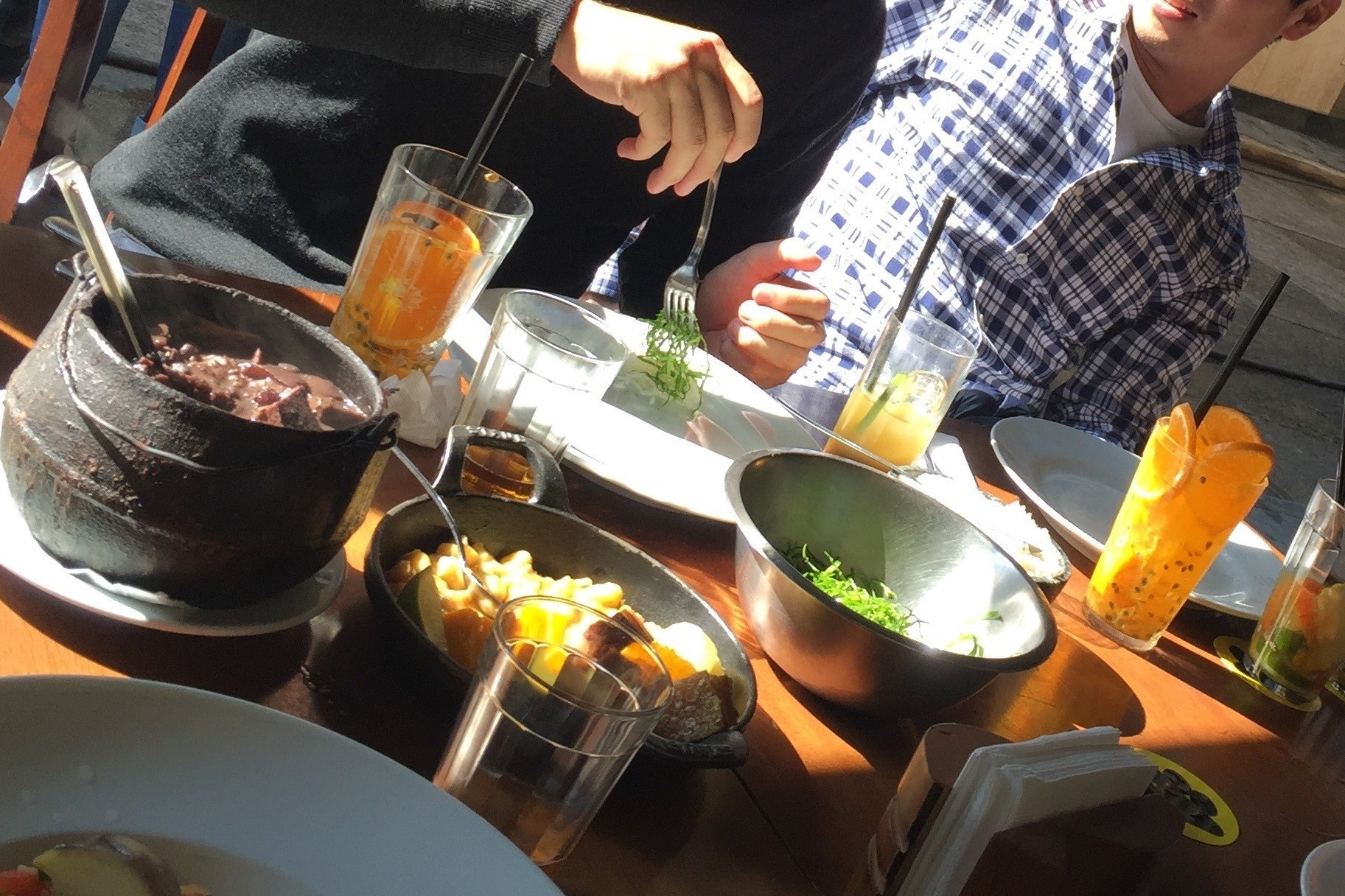
Feijoada and Caipirinha
#2:SOCIAL RELATIONSHIPS
Most Brazilians are very social and friendly and appreciate good opportunities to party and celebrate. A lunch, dinner, or just a coffee break is a moment for a good chat, to make friends, for good laughs. A Friday night “nomikai” with co-workers is a space for casual conversations, not a working appointment. Colleagues can become friends, and a friend of your friend becomes your friend in a flash. They highlighted having amazing memories of these moments, paired with good food and drinks.
Also on this topic, Carnaval - the largest popular party of Brazil - was also mentioned by my colleagues. Officially a 4-days holiday with parades and parties, it has nowadays become a month-long celebration, with pre and post Carnaval events all over the country.
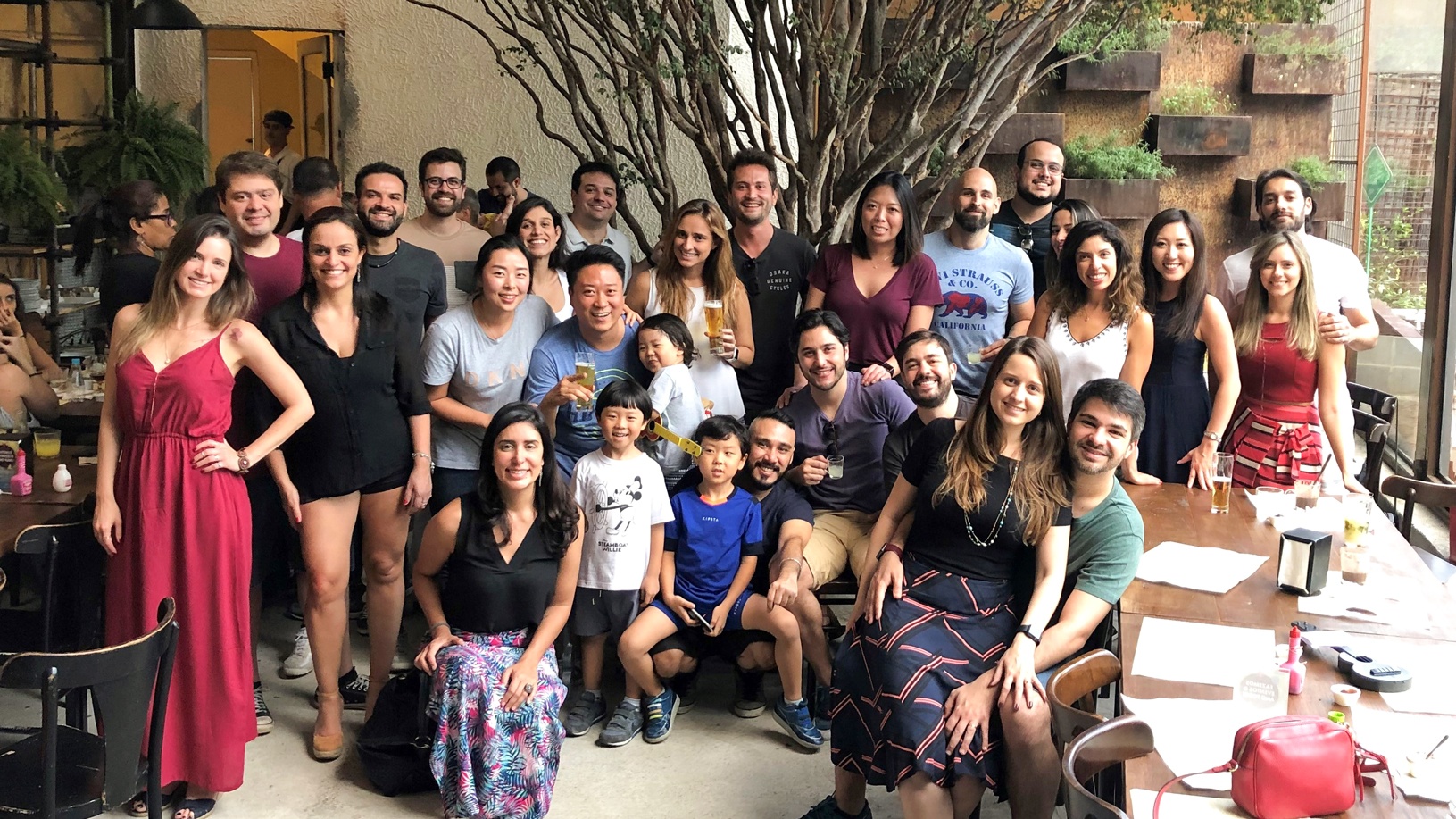
Brazilians are very social, gathering with friends of friends
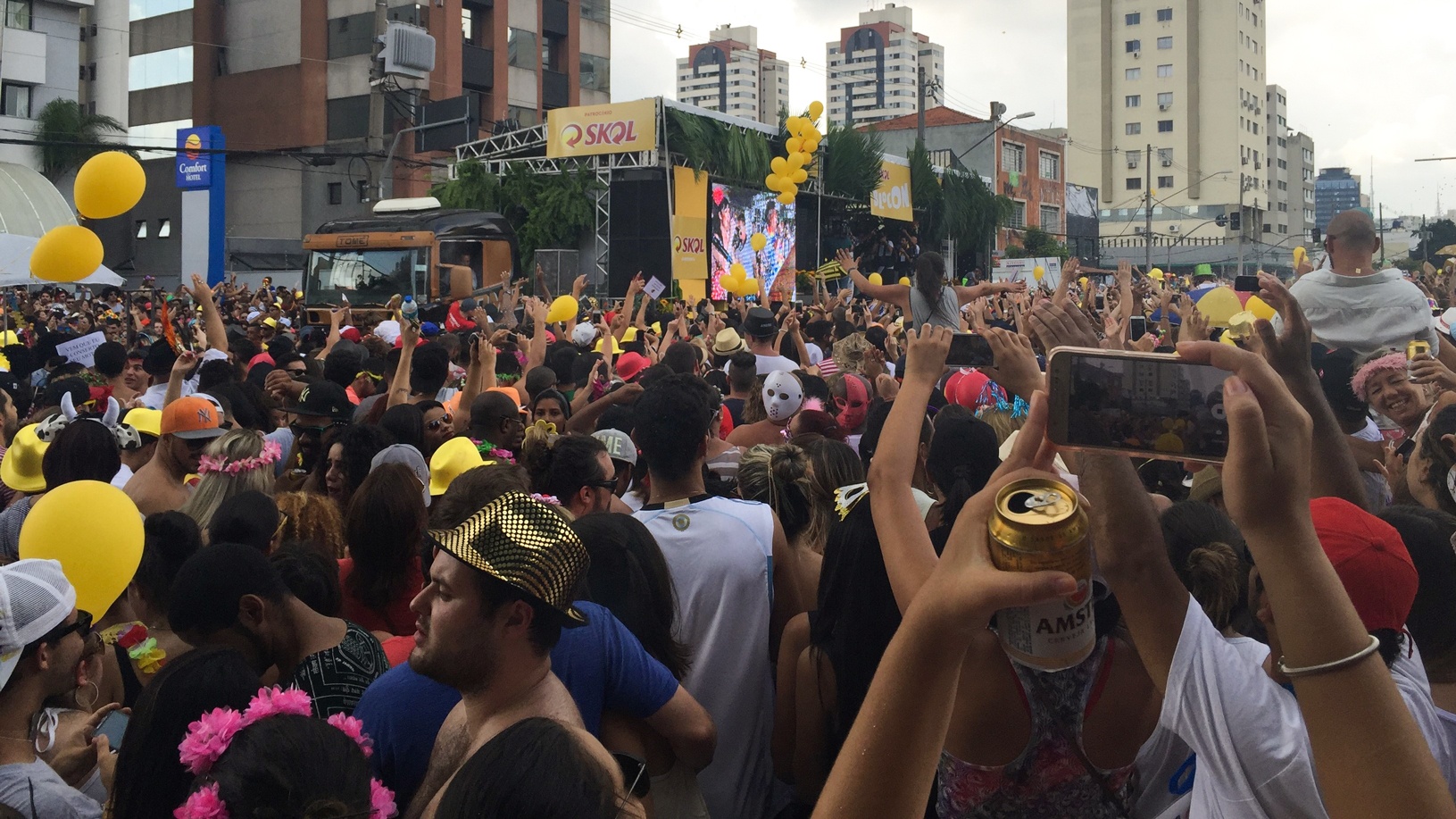
Street Carnaval
#3:DIVERSITY
Brazil is a naturally diverse country: income ranges, sexual orientation, ethnicity, cultures, religions, etc. The range of diversity is incomparable with any other country, especially with Japan. Having this diversity rooted in everything around you enforces you to learn to be more respectful and tolerant.
Thus, diversity makes us smarter: being surrounded by people with different backgrounds forces us to be more diligent, more creative and more empathetic, as you need to listen more and explain better your viewpoint before reaching any agreement.
#4:CHERISHING INDULGENCE
They mentioned the perception that Brazilians seem to be optimistic, in general, and with the willingness to realize their impulses and desires on enjoying life and having fun, much more compared to Japanese. Quality of life and family is valued over achievements and competition. There is no right nor wrong, but leisure time and short-term pleasure seem to have more value in Brazilian culture.
#5:SÃO PAULO
São Paulo, the largest and most populated city in Brazil, represents 12% of Brazilian economy. It is a multicultural city, with influences from Europe, Asia, Africa and also from other Brazilian states.
Most Japanese colleagues were impressed by the variety of things that can be found in the city, such as good restaurants and bars, shopping centers, art museums, cultural activities, green outdoor spaces, etc., which are comparable to large metropolitan cities around the world. Think of any cuisine from the world, and I’m sure you will find in São Paulo.
Moreover, after a couple of hours driving from São Paulo, you will be able to reach the beach or the mountains, or even a calm countryside hotel to rest. All this makes São Paulo a very easy-to-live city for expatriates.
Extra bonus for Japanese expats: São Paulo has its own Japanese town, called “Liberdade” (meaning freedom) where you can kill the homesickness eating traditional Japanese food.
São Paulo has it all!
This is just a glimpse of what you can find here in Brazil, and I invite you to have your own experience and see the nuances by yourself. Our country has many flaws - as any place in the world - but you will surely be touched by the joy of the Brazilian people!